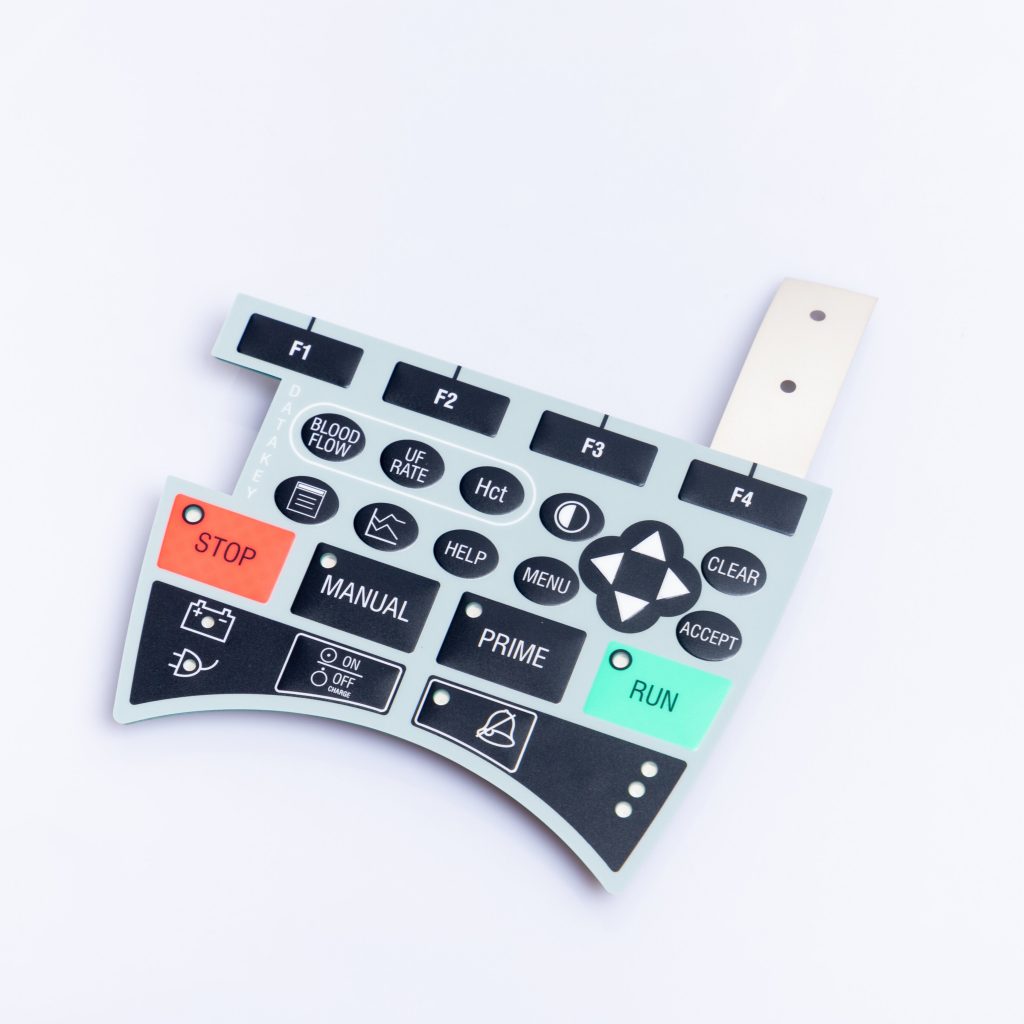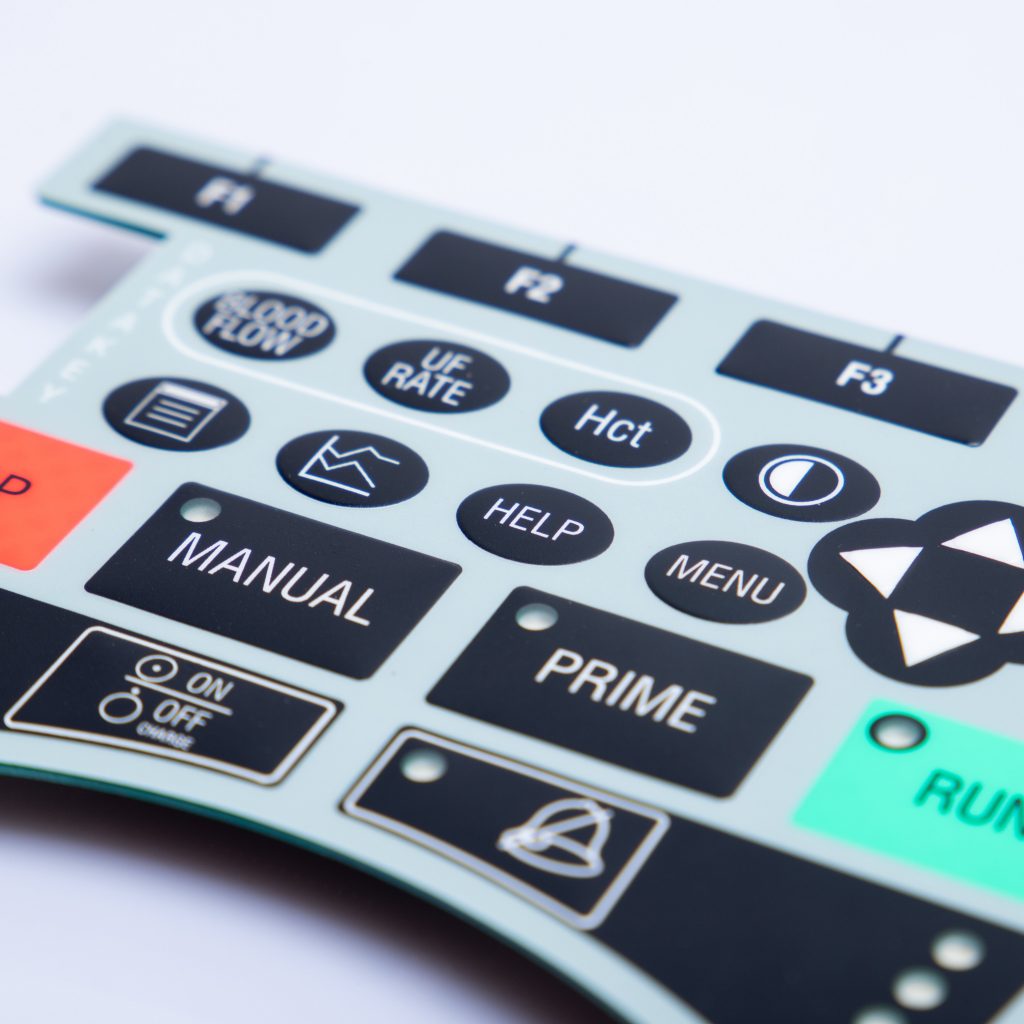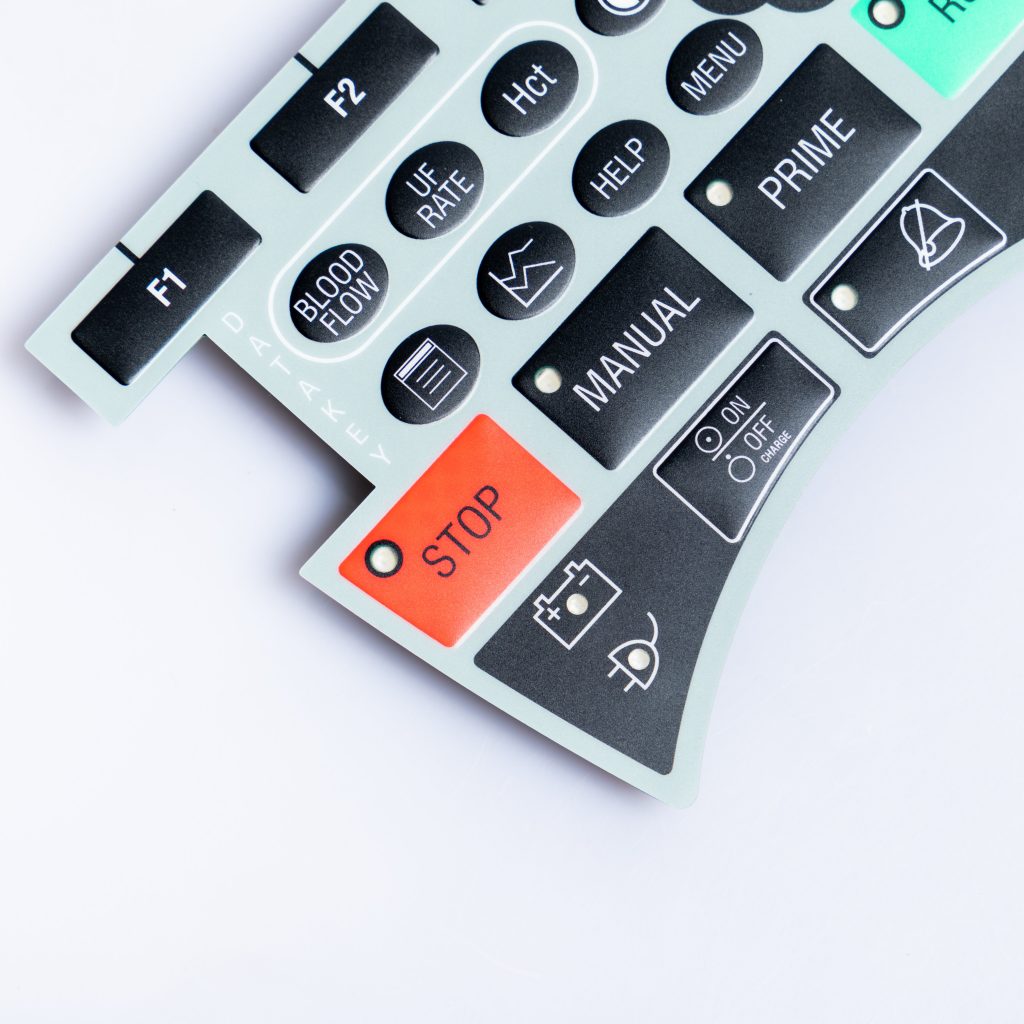Contact
Write to Us And We Would Be Happy to Advise You.
Do you have any questions, or would you like to speak directly with a representative?
By hqt
Membrane switches are no newcomers to the technology scene. Their roots trace back to the early days of electronic devices when designers sought sleeker, more efficient user interfaces. But what exactly are they? Think of those flat, tactile keypads on microwaves or certain calculators. That’s a membrane switch in action!



At its core, a membrane switch facilitates communication between a user and a device. They’re lightweight, cost-effective, and can be custom-designed for specific applications. Plus, their compact design has paved the way for smaller, more efficient electronic products. Imagine trying to fit traditional buttons on our modern gadgets!
Printing Techniques
Traditional vs. Modern Methods
Printing membrane switches traditionally involved screen printing. This age-old method, while reliable, limited design capabilities. However, the dawn of modern technology brought about digital printing. This innovation has expanded design possibilities, making it easier to produce intricate designs and patterns.
Benefits of Advanced Printing
Modern printing techniques aren’t just about aesthetics. They ensure better signal clarity, enhance the user experience, and contribute to the device’s overall functionality. And since they can withstand harsh environments, they’re suitable for a plethora of applications. Isn’t it amazing how printing technology can influence usability?
Assembly Process
Step-by-Step Guide
Assembling a membrane switch might sound intimidating, but it’s akin to piecing together a jigsaw puzzle. The process generally involves:
Tools and Materials
While specific tools can vary, some mainstays in the assembly process include circuit testers, soldering irons, and die-cutting machines. The materials? You’d often find polyester, polycarbonate, and adhesive layers.
Quality Assurance
Whether you’re designing a toy or a critical medical device, ensuring the membrane switch works flawlessly is paramount. That means rigorous testing for touch response, visual appeal, and longevity.
Durability and Longevity
Remember the old saying, “It’s not about how it starts, but how it finishes”? A membrane switch may look pristine upon assembly, but it’s its ability to withstand daily wear and tear that truly counts. Always prioritize durability in your design and assembly processes.
Applications of Membrane Switches
Everyday Uses
Every day, without realizing it, we interact with a variety of devices housing membrane switches. From your microwave’s touch panel to the controls on your treadmill, they’re everywhere!
Industrial and High-Tech Uses
Beyond household items, these switches play pivotal roles in industries like aerospace, medicine, and automotive. For instance, they’re integral in the control panels of certain aircraft and in advanced medical devices.
From their historical significance to their modern-day applications, membrane switches are fascinating. The blend of precise printing and assembly techniques ensures their continued relevance in an ever-evolving tech landscape. The next time you tap a flat-panel button, remember the intricate process that went into making that interaction possible.
FAQs
Do you have any questions, or would you like to speak directly with a representative?